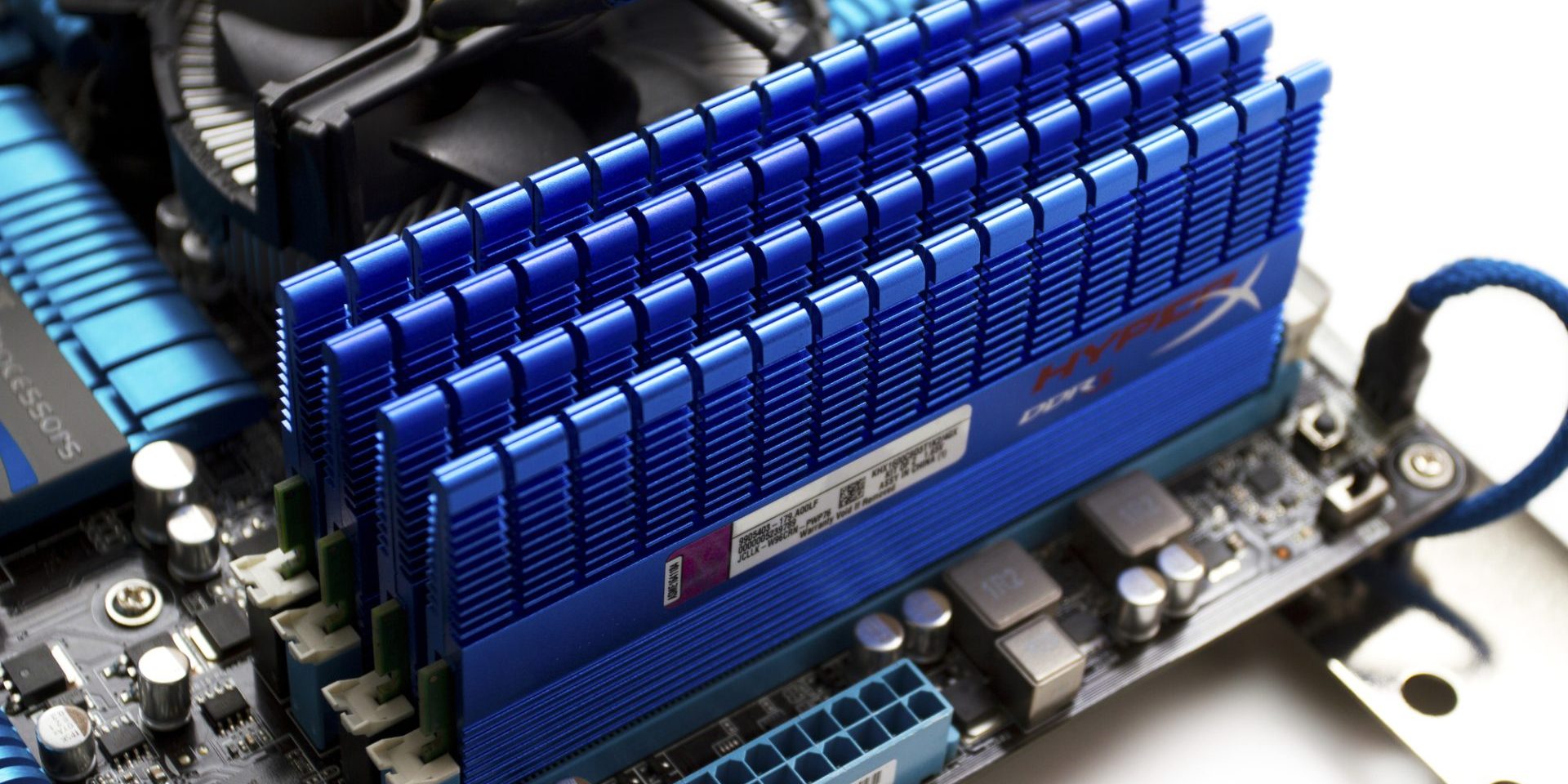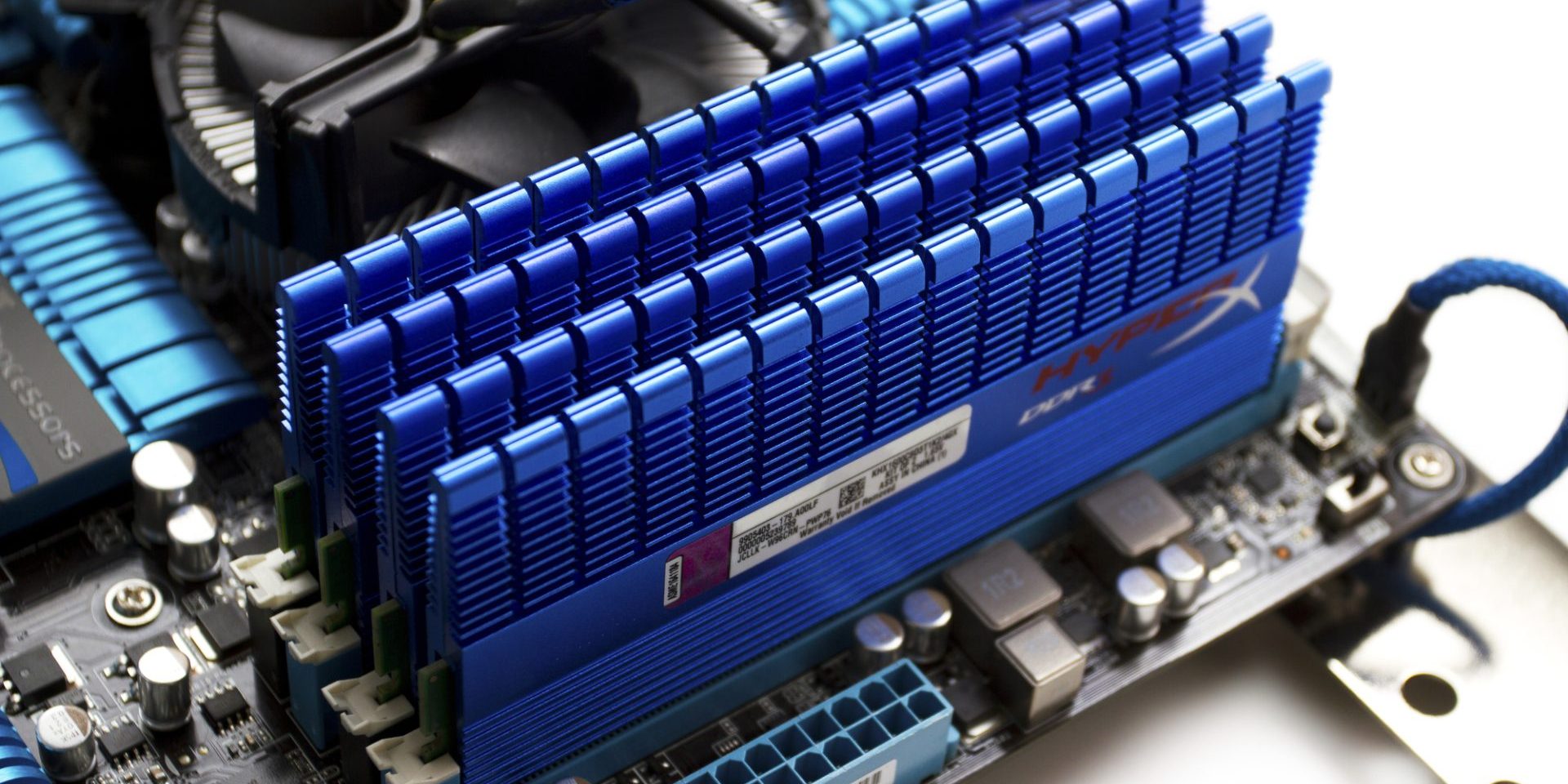Gaming technology has evolved rapidly in recent years, transforming the industry and player experiences. Advanced graphics engines now render photorealistic visuals, while powerful processors enable complex physics simulations and vast open worlds. These technological leaps have expanded gaming’s scope, allowing developers to create more immersive and interactive experiences than ever before.
Virtual and augmented reality are pushing gaming into new dimensions. VR headsets transport players into fully realized 3D environments, while AR overlays digital elements onto the real world. Cloud gaming services are also gaining traction, letting users stream high-end games to various devices without needing expensive hardware.
Artificial intelligence is another key innovation shaping modern gaming. AI-driven characters exhibit more lifelike behaviors, adapting to player actions in real-time. Machine learning algorithms generate procedural content, producing unique game elements and extending replay value. As these technologies continue advancing, the line between virtual and reality in gaming grows increasingly blurred.
The Evolution of Gaming Technology
Gaming technology has undergone massive transformations since the inception of video games. These changes have revolutionized gameplay experiences and expanded the reach of interactive entertainment.
Historical Milestones in Gaming
The first video game, “Tennis for Two,” appeared in 1958 on an oscilloscope. Pong, released in 1972, brought arcade gaming to the mainstream. The 1980s saw the rise of home consoles like the Nintendo Entertainment System and the birth of iconic franchises such as Super Mario Bros.
In the 1990s, 3D graphics emerged with games like Doom and Super Mario 64. The PlayStation and Nintendo 64 pushed hardware capabilities further. The 2000s introduced online multiplayer gaming, with titles like World of Warcraft attracting millions of players globally.
Key Technological Advancements
Graphics processing units (GPUs) have been crucial in advancing game visuals. They enable real-time rendering of complex 3D environments and lifelike characters. High-definition displays and 4K resolution have enhanced visual fidelity.
Motion capture technology has improved character animations, making them more realistic. Virtual reality (VR) and augmented reality (AR) have created immersive gaming experiences. Cloud gaming services now allow players to stream games without powerful local hardware.
Artificial intelligence has enhanced non-player character behaviors and procedural content generation. This creates more dynamic and responsive game worlds.
From Arcades to Mobile Gaming
Arcade machines dominated the early gaming landscape, providing social hubs for players. Home consoles brought gaming into living rooms, allowing for longer play sessions and more complex games.
Personal computers emerged as a versatile gaming platform, supporting a wide range of genres and input methods. The rise of internet connectivity facilitated online multiplayer gaming and digital distribution.
Mobile gaming has exploded in popularity with the advent of smartphones. Touch screens and accelerometers have enabled new types of gameplay. Mobile games now account for a significant portion of the gaming market, reaching billions of users worldwide.
Current State of Gaming Tech and Platforms
Gaming technology has advanced rapidly, with powerful hardware, diverse platforms, and cloud services shaping the modern gaming landscape. These innovations have expanded gaming possibilities and accessibility for players worldwide.
Leading Gaming Platforms Today
The gaming industry is dominated by several key platforms. Sony’s PlayStation 5 and Microsoft’s Xbox Series X/S lead the console market, offering high-performance gaming experiences with advanced graphics and fast load times. PC gaming remains popular, with customizable hardware and a vast library of titles available through platforms like Steam and Epic Games Store.
Mobile gaming has grown significantly, with smartphones and tablets becoming capable gaming devices. The Nintendo Switch continues to bridge the gap between handheld and home console gaming. Each platform caters to different player preferences and gaming styles.
The Hardware Powering Modern Gaming
Modern gaming hardware pushes the boundaries of performance. High-end graphics cards from NVIDIA and AMD deliver realistic visuals and smooth framerates. Powerful processors like Intel’s Core i9 and AMD’s Ryzen series handle complex game logic and physics simulations.
Solid-state drives (SSDs) have become standard, drastically reducing load times. Gaming monitors now offer high refresh rates and resolutions, enhancing visual fidelity. VR headsets like the Oculus Rift and HTC Vive provide immersive experiences, though adoption remains limited.
Cloud Gaming and Streaming Services
Cloud gaming services are gaining traction, allowing players to stream games without high-end hardware. Google Stadia, NVIDIA GeForce Now, and Amazon Luna offer game streaming to various devices. Microsoft’s Xbox Cloud Gaming integrates with its Game Pass subscription service.
These platforms aim to make gaming more accessible by offloading processing to remote servers. While latency and internet bandwidth requirements remain challenges, improvements in infrastructure continue to enhance the viability of cloud gaming as an alternative to traditional hardware-based gaming.
Immersive Gaming: AR and VR Breakthroughs
AR and VR technologies are transforming gaming experiences. These innovations bring new levels of interactivity and realism to players worldwide.
Augmented Reality (AR) in Gaming
AR blends digital elements with the real world, creating interactive gaming experiences in physical spaces. Pokémon GO popularized AR gaming, allowing players to catch virtual creatures in real-world locations using their smartphones. This success sparked interest in AR gaming applications.
Fortnite incorporated AR features, letting players project characters into their surroundings. AR games often use smartphone cameras and GPS to overlay digital content onto real-world views. This technology enables scavenger hunts, location-based challenges, and interactive storytelling tied to specific places.
AR gaming continues to evolve with advancements in smartphone capabilities and specialized AR glasses. These devices promise more seamless integration of virtual elements into players’ surroundings.
Virtual Reality (VR) Gaming Experiences
VR immerses players in fully digital environments, offering highly engaging gameplay. VR headsets track head movements, allowing users to look around virtual worlds naturally. Hand controllers enable interaction with digital objects and environments.
Popular VR games span various genres, from action-adventure titles to puzzle games and simulations. Some VR experiences focus on social interaction, letting players meet and interact in virtual spaces.
VR technology continues to improve, with higher-resolution displays and wider fields of view enhancing immersion. Wireless VR headsets have reduced setup complexity, making VR gaming more accessible to a broader audience.
Innovations in Headsets and Motion Sensing
Advancements in VR and AR hardware focus on comfort, visual quality, and tracking accuracy. Modern VR headsets feature high-resolution displays with fast refresh rates to reduce motion sickness. Eye-tracking technology allows for more natural interaction and improved graphics performance through foveated rendering.
Motion sensing has progressed beyond basic hand controllers. Full-body tracking systems let players’ movements translate directly into game actions. Haptic feedback devices provide tactile sensations, enhancing immersion in virtual environments.
AR headsets are becoming lighter and more powerful, with improved optics for clearer overlays of digital content. These developments point toward a future where AR and VR technologies merge, allowing seamless transitions between virtual and augmented experiences.
Future Trends and Emerging Technologies
Gaming technology continues to advance at a rapid pace, pushing boundaries and creating new experiences. Artificial intelligence, esports, and blockchain are reshaping the industry landscape.
Artificial Intelligence and Machine Learning
AI and machine learning are transforming game development and player experiences. These technologies power advanced non-player characters with realistic behaviors and dialogue. Game environments adapt dynamically to player actions, creating personalized gameplay.
Generative AI assists developers in creating art assets, level designs, and even entire game worlds. This speeds up production and allows for more expansive and detailed virtual environments.
AI also enhances player analytics, providing insights to improve game balance and design. Predictive algorithms help match players in multiplayer games, creating fairer and more enjoyable competitions.
The Growth of Esports and Competitive Gaming
Esports has grown into a major industry, with professional leagues, massive tournaments, and dedicated arenas. Top players earn significant prize money and sponsorships, rivaling traditional sports athletes.
Streaming platforms like Twitch and YouTube Gaming have fueled this growth, allowing players to broadcast their gameplay to millions of viewers. This has created new career opportunities for gamers, commentators, and content creators.
Esports organizations now operate like traditional sports teams, with training facilities, coaches, and support staff. Universities offer esports scholarships, recognizing competitive gaming as a legitimate athletic pursuit.
Blockchain, NFTs, and Ownership in Gaming
Blockchain technology is making its mark on gaming through NFTs (Non-Fungible Tokens) and cryptocurrency integration. NFTs allow players to truly own in-game items, which can be bought, sold, or traded outside of the game ecosystem.
This creates new economic models for games, where players can earn real-world value from their virtual achievements and assets. Some games are experimenting with play-to-earn models, where gameplay directly translates to cryptocurrency rewards.
Blockchain also enables decentralized game development and governance, with players having a say in the future direction of games through token-based voting systems.












